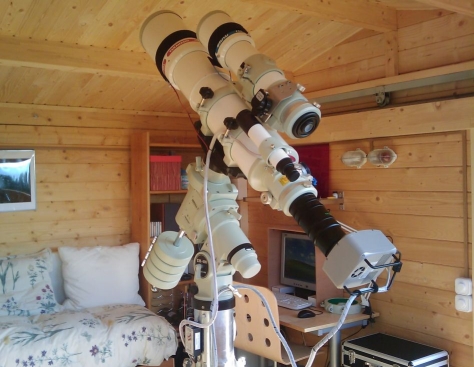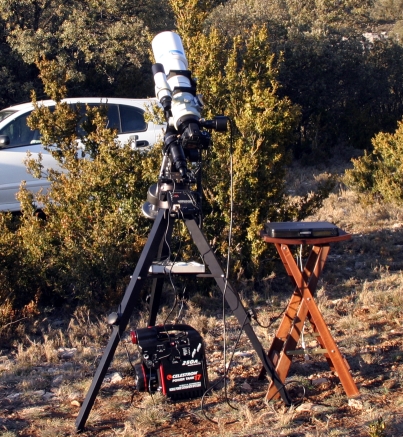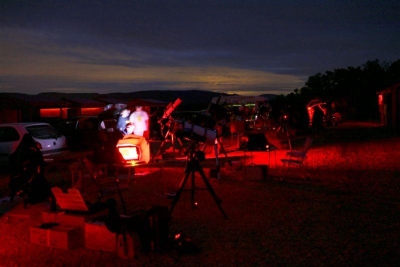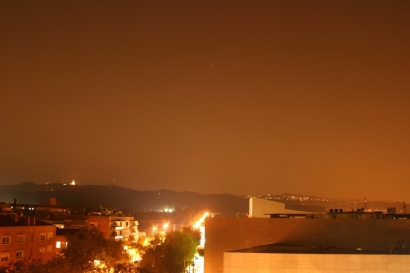| 2020 - 2023: Remote operation of Fosca Nit Observatory (FNO) In 2020, after almost four years of interruption of my astrophotographic activity, I retired and was able to put my observatory back into operation. In October 2020 I completed the process of automating the observatory to be able to work remotely. This was nothing new at the time, as many colleagues at the observatories in Àger had already done it before, but for me it was a very welcome achievement: on the one hand, I had wanted to do it for a long time, and on the other hand, as I get older, it will help me a lot by saving me many hours of driving up and down the road. The heart of the system is Talon6. Talon6 is a secure control system for the automation of observatories. It allows both manual and robotic control and automation of the moving roof of my observatory. I would like to point out that the system allows me to park my EM400 mount in all circumstances, even in case of loss of communications with the PC. Achieving this with a Takahashi Temma2 mount, whose electronics do not have the ability to park the mount through its firmware, is by no means an easy task and for this, I thank the people responsible for Talon6 for their effort and success. |
 . . |
Images taken during this period can be seen here |
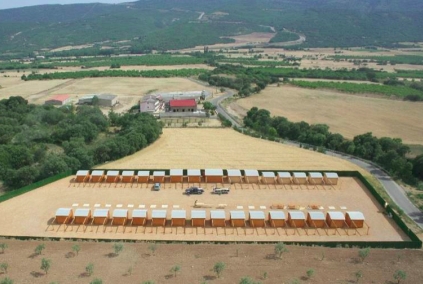 .
.